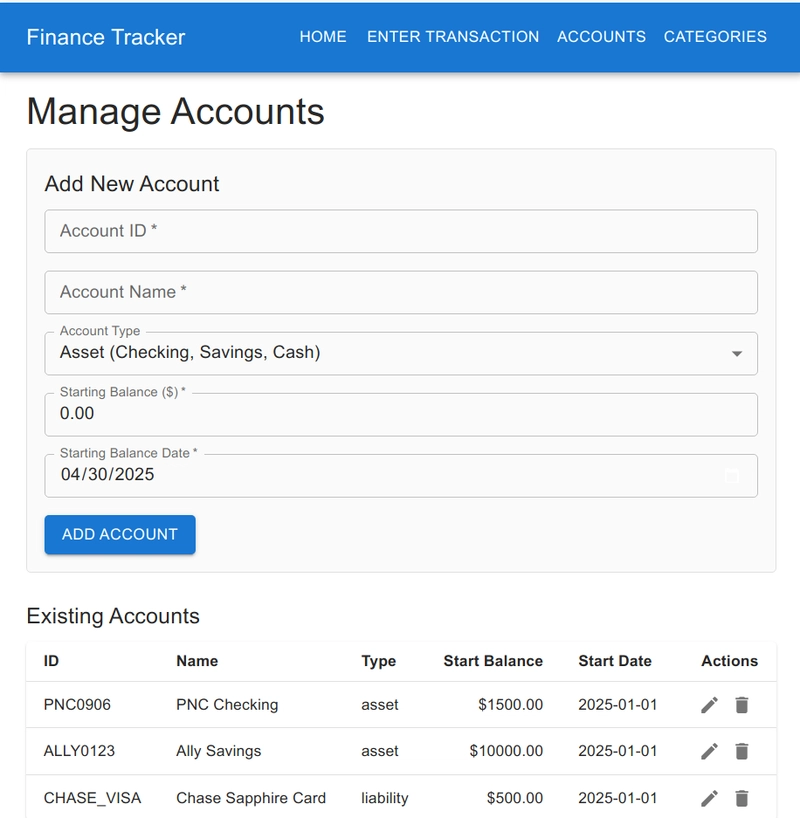Middle Markets Wants Big Returns From Ai

For the middle market there’s no middle ground. They want big returns from AI because they need to do more… with less.
I’ve been working with mid-market organizations for almost two decades. In my experience, there are three things that are important to them no matter the industry: (1) Seeing immediate, tangible benefits to scale as their business grows; (2) Doing more with less; and (3) Achieving ongoing growth, generally through incremental transformation (since budget concerns prevent massive efforts all at once).
Recent research by Avanade confirms that these factors are just as important to mid-market operators as they contemplate the impact of AI in their organizations. We spoke to 4,100 business decision makers from mid-sized companies around the world to understand organizations’ experiences in developing and implementing AI solutions and emerging technologies. Not surprisingly, there’s great excitement about the promise, but also some results that are at odds with one another.
Also Read: AiThority Interview with Nicole Janssen, Co-Founder and Co-CEO of AltaML
Take for example that 57% expect up to 4x return for every $1 spent on AI copilots and agents with most expecting a return in under 12 months. Map that against the fact that 52% are still developing their business case and 41% are stuck at proof of concept (PoC). AI’s transformational potential will remain out of reach without a strong business case or visionary AI strategy – which, by the way, only 32% of respondents are crafting.
I suspect that most organizations who remain in the pursuit of AI soon discover that they have challenges with data integrity. AI can’t be deployed at scale without high-quality, trusted data that’s secure and easy for employees to use. Our research shows that mid-market organizations are coming to terms with this imperative: 98% have accelerated legacy modernization plans; 97% are planning to accelerate cloud adoption to get more value from AI; and 96% agree on the importance of securing sensitive data in advance of AI exploration.
Speaking of brand, the leaders of most mid-market organizations with whom I’ve worked would say that their people are the front-line of their brand. Our survey respondents are indicating that they understand the importance of readying their people to embrace AI with an innovative (yet responsible) mindset. As they contemplate workforce readiness, our research shows 98% are prioritizing investment in upskilling their workforce and creating new jobs to offset potential AI job displacement; 84% are focusing on change management to ensure AI supports both new and existing ways of working; and 81% plan to increase investment for training and fluency to help employees adopt emerging tech tools.
Equally important to mid-market organizations is the trust their customers place in them. But here’s another set of results at odds with one another: 96% allow AI to make decisions, yet only 26% completely trust the results. That’s a large gap that must be closed. Our research shows their current state of responsible AI training is scattered: only 29% require responsible AI training, and 56% are isolating the training to specific departments. To be sure, the human implications can’t be underestimated —AI fluency is an imperative for the whole organization.
Yes, there’s great anticipation for the value that AI will add to the organization. Our survey respondents are evaluating a variety of opportunities to inject AI to work together with humans such as collaborating and creating new ideas (43%), identifying new revenue opportunities (42%), and automating business processes (37%). Let’s look at business process automation as an example. In my role as the advisory and experiences lead for the Americas, I view content marketing as a low hanging fruit. Consumers have high expectations regarding their personalized experiences, but they don’t want to pay more, nor do they want brands to be too intrusive. How do you achieve all of this with less and pass the cost savings down to the consumer? With content production, instead of having people who conceive, develop and deploy content, organizations can use a content workflow tool augmented with AI. It lets AI do most of the busywork, which requires fewer employees who are now needed mostly for oversight and validation. They’ll test and optimize the framework based on results and send the content back to AI and workflow tools (such as Sitecore Content Hub) to continually manage the process and conceptualization.
Also Read: The Growing Role of AI in Identity-Based Attacks in 2024
As organizations consider the right use cases for their people, a great first step is to employ an AI governance tool. Think of it as a dashboard to monitor responsible AI exploration. They include features such as: use case requisition forms (with the ability for you as a leader to accept or deny); a repository of AI business cases (tied to use cases above); a complete governance centre to house your organization’s governance and legal policies; and all of the necessary workflows built into it, all at your fingertips.
Ultimately, I believe that AI’s real value will come not from viewing it as a tool to shave time off existing tasks but as a path to organizational reinvention, igniting greater creativity, collaboration and productivity across teams. There’s a lot more insight in this research. I invite you to read the full report for industry-specific insights and practical strategies to advance your AI journey.
[To share your insights with us, please write to psen@itechseries.com]
The post Middle Markets Wants Big Returns From AI appeared first on AiThority.


